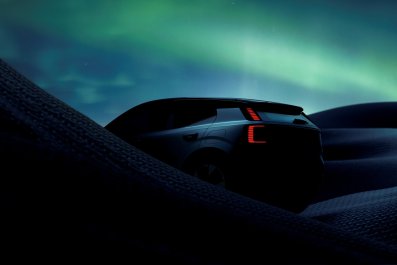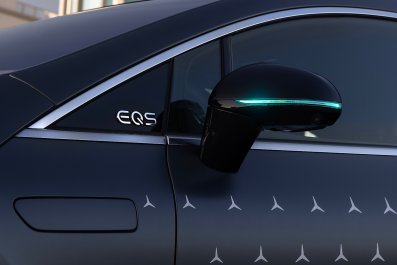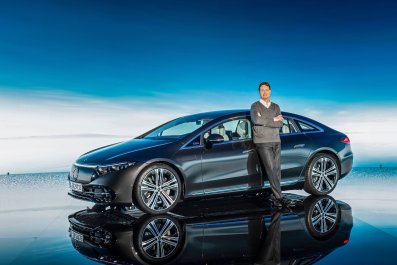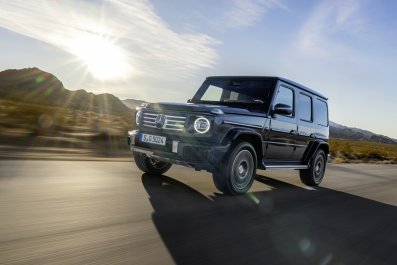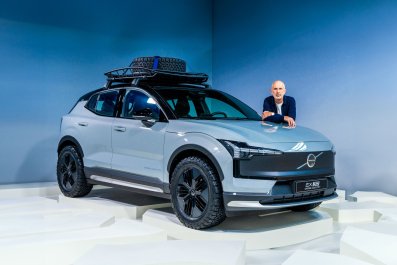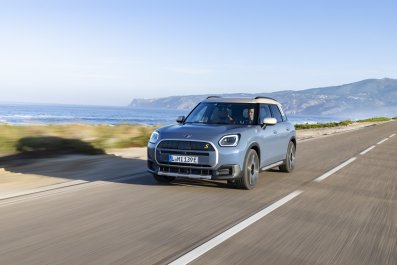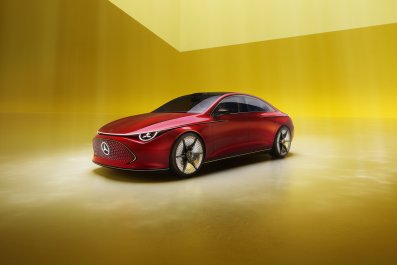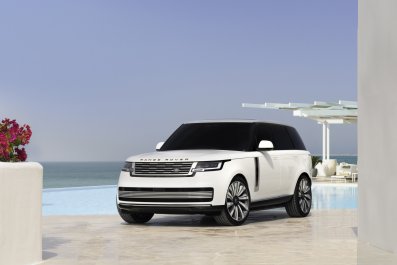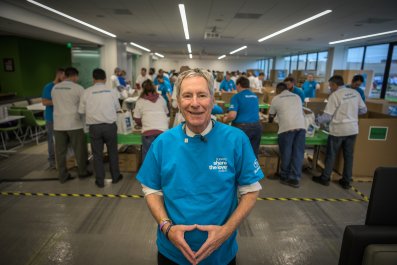2024 Technology Disruptor of the Year
Mercedes-Benz
Mercedes-Benz is leading the way when it comes to hands-free, eyes-free driving. The company's Drive Pilot technology is now authorized for use in California and Nevada, the first U.S. states to allow it. It has arrived ahead of similar technology promised by Tesla and General Motors.
Drive Pilot is considered a Level 3 conditionally automated driving system by SAE International, a professional organization that develops standards for the automotive industry. That level indicates that the system can fully operate the drive functions of a vehicle when certain conditions have been met.
These include the vehicle's location, roadway type, full "visibility" from the car's sensing systems and speed and driver behavior, among other things.
The system requires a driver to safely operate the vehicle, to activate the system and for all the technology's condition checkboxes to have been met before it initiates. A Level 3 system is not fully autonomous. Drivers must be ready to take control of the vehicle when prompted to do so by the system. If they fail to do so, the Mercedes will slow safely to a stop and emergency services will be called via on-board technology.

Drive Pilot has been available in the Mercedes-Benz S-Class sedan and EQS Sedan in Germany for a year. Before it could make it to the U.S., the technology needed refining due to the number of lane marking types, the condition of roadways and the distinct driving styles of Americans. Guide rails, curbs, lane-width curvatures, multilevel freeways, carpool lanes, motorcycle lane splitting and differently shaped vehicles rank among the most frequent challenges, according to the automaker.
The Mercedes technology can only be used in California and Nevada on major freeways. But, that doesn't mean that the cars it is installed on are limited in their operation. The technology is geofenced to those areas in those states. Opening the technology up to other areas could be as simple as an over-the-air update, once other states allow it.
Drive Pilot uses around-the-car technology to stay functional. That includes a camera for optical image capture in a three-dimensional environment, interior microphones to detect emergency vehicle sirens, lidar light detection to sense surroundings, radar to measure distance and speed, a road moisture sensor, a driver camera to detect driver attentiveness, ultrasonic sensors to detect sonic impulses and measure surrounding vehicles, an antenna array that provides accurate positions and a rear camera to detect emergency vehicles.
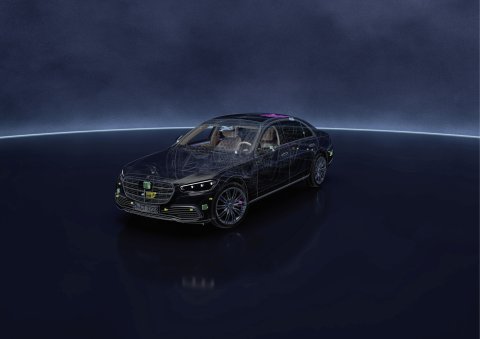
Additionally, the car comes with redundant technologies, including steering and wheel rotation sensors, and a braking system.
These technologies are designed to work in tandem and go above and beyond the typical driver assistance and safety suite of tech that comes with a Mercedes within the Intelligent Drive package.
Drive Pilot is designed to operate in what some call "chamber of commerce weather"—in other words, a perfect day. It will not activate if it is raining or snowing, nor when it is dusk, dawn or nighttime. It also will not work in construction zones.
When Drive Pilot is activated and operational, a series of turquoise lights illuminate on the exterior of the vehicle. They serve as a signal to passersby, including emergency responders, that the vehicle is piloting itself and therefore the driver may be occupied with activities other than watching the roadway, including activities otherwise prohibited by law such as watching videos on a smartphone.
How We Did It
To determine the candidates for this year's World's Greatest Auto Disruptors, Newsweek's Autos team, led by Senior Autos Editor Eileen Falkenberg-Hull, compiled a list considering every major automaker in each of the award categories. Brands, teams and individuals were nominated based on their cumulative merits for the past year, after combing through each candidate's accomplishments in the areas of future product planning, business strategy, technology, marketing, engineering, sustainability, manufacturing and research and development. To be considered, candidates had to be employing executive decision-making, corporate strategy, product development and publicity in a way that is driving fundamental, transformative change in the automotive market, with measurable real-world results—or have clear and demonstrable potential to do so. The Legacy award honors an individual who has achieved these results over decades in the industry. The list of nominees was narrowed by Autos editors, including Jake Lingeman. Winners were chosen after a consensus was reached amongst the Autos team and Newsweek top editors.



